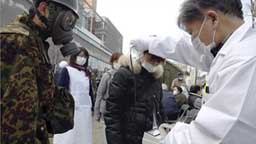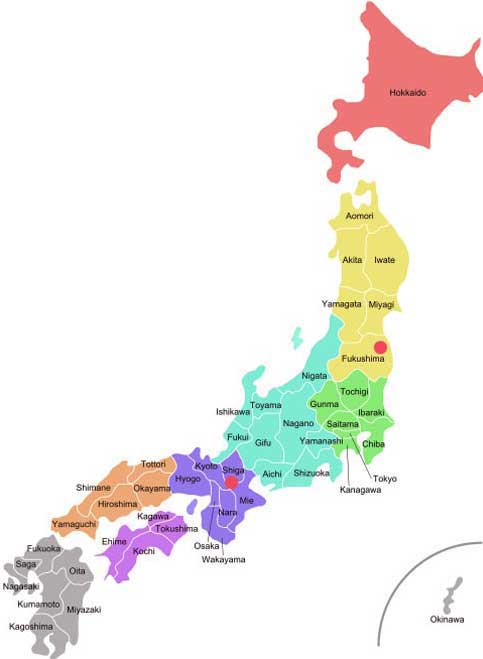“We in Otsu-City, Shiga Prefecture, 311 miles (500 km)
from Fukushima, are seeing readings around 0.15 microsieverts on average, which is around five times what the Japanese government is reporting. My wife and children will leave Japan as early as possible because I perceive a growing exodus will come and it might become hard to place kids in schools.””
- Frank Daulton, Ph.D., Applied Linguistics, Ryukoku Univ., Kyoto, Japan


Update October 2, 2011- First physical traces of plutonium found 28 miles (45 km) from the Fukushima Daiichi nuclear power plant in soil that underscores Prof. Daulton's deep concerns in this Earthfiles report - along with the general Japanese public's fears - about the radioactive dangers that persist in the air, water, marine seafood, soil and crops since Japan's 3/11.
Click here to subscribe and get instant access to read this report.
Click here to check your existing subscription status.
Existing members, login below:
© 1998 - 2025 by Linda Moulton Howe.
All Rights Reserved.

